Apogee Acoustics Initial Listening Sessions
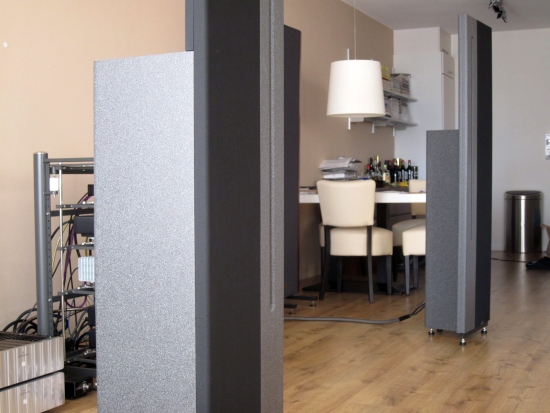
4-7-13 – visiting the third Diva setup
This third Diva-session was very interesting. We went to Henk van der Hoeven, the official Apogee restorer. His house is a Walhalla for Apogee lovers: there were Apogees all over the place, from beautifully restored and fully working pairs of Divas and Full Ranges to various other models in different stages of completeness such as the Scintilla and Duetta Signature. Even the Grand was present! Henk clearly loves what he does and is also very good at it.
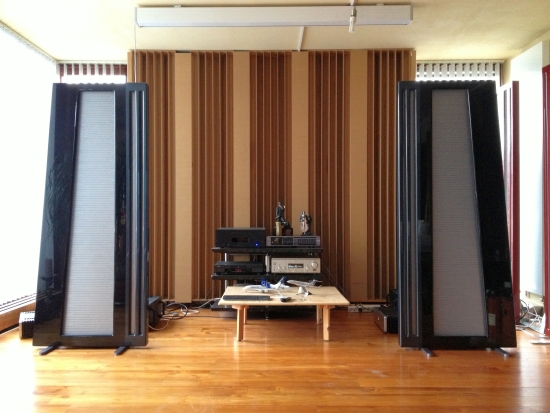
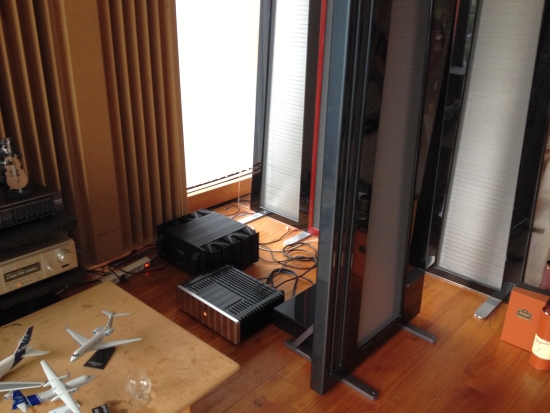
Above: One of my trusty JRDG model six power amps can be seen behind the Diva. He looks almost cuddly between those huge speakers.
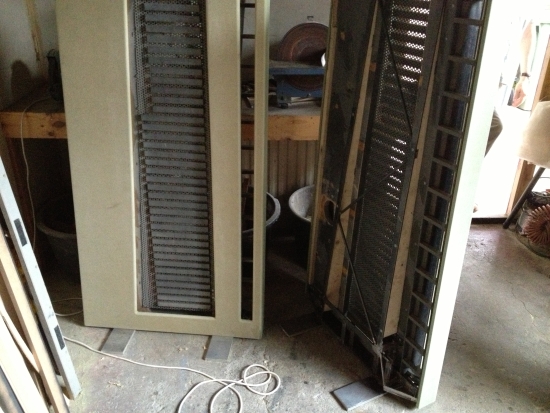
Above is a Scintilla in the making. This pair has a reinforced steel skeleton – an idea from Henk himself.
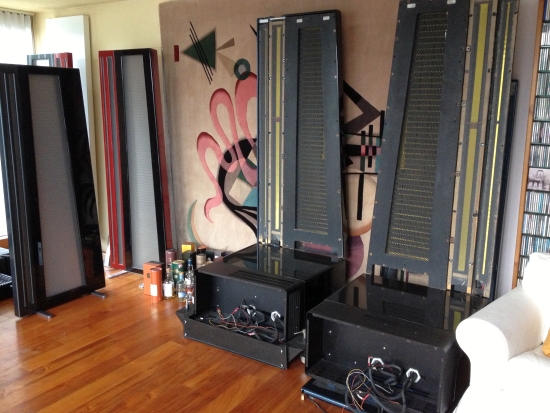
Above: Apogee Grand – the Krell amplifiers were away for repair and they don’t look very impressive now but trust me: once Henk is done, this pair will look gobsmackingly beautiful.
First, we listened to the Divas using Henk’s own bridged Plinius SA-102 amps. The sound was full and sweet yet a little forward and harsh on peaks in the midrange. After switching the Plinius amps to full Class A this improved somewhat but not enough for our tastes. In both cases, the treble was again darker than what we’ve heard from the Apogee Centaur, Duetta Signature and Magnepan MG3.6. This being the third pair of Divas that I hear, I was by now almost sure that it was by design but just to be absolutely certain, we connected the Rowland model sixes instead of the big Pliniuses. Treble was more refined and a smidgeon airier but the balance remained dark. It’s not that there was no treble air, just that it was toned down quite a bit. Henk confirmed my suspicion that the Divas sound darker indeed. The Rowlands provided better imaging and soundstage layering but the Pliniuses brought beefier bass and an overall more dynamic sound, albeit at the expense of some midrange hardness, similar to what I heard Krell KSA250’s do. With the Rowlands however, the Divas were very sweet and non-fatiguing and in spite of their darkness, in fact, more refined in the treble than Duetta Signatures. It seems that they are more laidback than the Duetta Signatures. This pair of Divas, by the way, looks smashing and I would have loved to love them but I guess their sound balance is not for me.
Henk normally uses the Full Range but couldn’t demonstrate the pair to me due to a defect in one of his amps. I really would have loved to hear them and secretly think that these may be my dream speakers. But with buying the pair alone I would not be there yet as these monsters need to be bi-amped to work and tri-amped to sound their best. And I may need an active crossover as well. Well, an audiophile has got to have something to dream about…
3-8-13 – Visiting a Full Range setup
The audio world really is a small community… fortunately for me! My newfound friend with Apogee Divas knew another person who owns a pair of fully refurbished Full Ranges and arranged for me to visit. This was quite an experience.
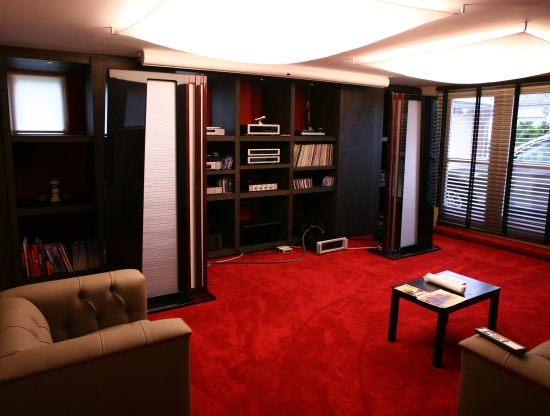
These Full Ranges are fully refurbished and have also got new covers that are finished in a beautiful combination of semi-gloss black and dark real cherry wood. The stands are also a unique design, made by Henk van der Hoeven, the official Dutch Apogee restorer. The 1.9-ohm bass foil is driven directly while the midrange and treble are coupled via an Apogee Network Box (transformer and RC network), to raise impedance from an impossible below 1-ohm value to a slightly less impossible value and to provide appropriate crossover at 5 kHz. (more details can be found in the extensive review)
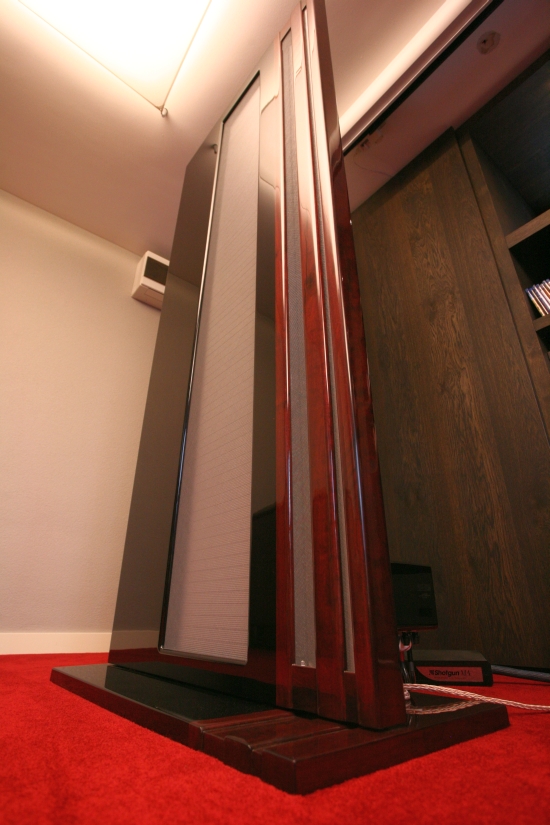
First impression (with the Levinsons driving midrange and treble) is of a full, warm, smooth sound with zero aggression. The balance is slightly dark but there is no apparent treble ceiling, just a slight lack of air, which only takes a few music tracks to get acclimatised to. IMHO, even if they are still not as extended and airy in the treble as the Magnepan MG3.6R or Apogee Centaur, the Full Ranges sound a lot more open than the Diva’s which I feel are a little too dark in balance. Despite their smoothness, these speakers have explosive dynamics: the sound is totally coherent and very fast, without any compression.
This system can play loud, really loud, but it never hurts the ears. A big reason for this lies perhaps in the purity of the foils: the Full Range uses pure aluminium ribbons for both tweeter and midrange. There is no kapton or mylar backing and no damping. The bass panel is huge and goes low in a manner that can only be fully appreciated after one has heard it for him or herself. Subwoofers are absolutely not needed, not even for the biggest bass-fetishists. I was already surprised at the amount of bass coming from my refurbished Apogee Duetta Signatures but the Full Range is in another league: its bass is at once lower, more nimble and better damped than that of my Duetta Sigs which can be forward and even brittle through the midrange and treble. The Full Range, however, has treble as silky-smooth as my Magnepan MG3.6R’s. Because the latter are my reference for treble reproduction, that is really saying something.
After swapping the Levinsons for the Spectral power amp and recalibrating the Pass XVR-1 to compensate for amplification factor differences between the Levinsons and the Spectral, the overall character changes quite a bit. Despite the fact that the big Krell is still driving the bass panels, the bass now seems tighter and more articulate. This is of course due to the fact that bass overtones and harmonics are reproduced at much higher frequencies, making their way well into the midrange. Soundstage focus is also better and there’s a more finely resolved layering and overall, resolution is quite a bit higher, with more treble extension. The sound is still darker than my Magnepans or Duetta Sigs but there’s never a feeling of a lack of treble, just a different balance. The system still sounds glorious and smooth but is now definitely more revealing of bad recordings.
August 8th 2013 – re-visiting the first Diva setup
When I first visited this setup, Michel, the owner, used 2 big Krell power amps and no preamp, using a NAD DAC’s digital volume control instead. In the meantime, Michel had purchased 4 Jeff Rowland model 201’s, driven by a simple (temporary) Vincent preamp. When we visited, we brought along a Jeff Rowland Synergy IIi preamp for him to try.
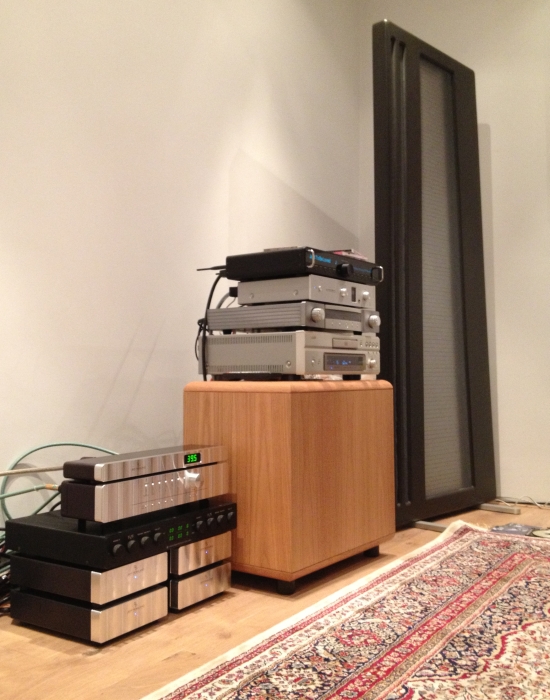
The REL sub is only used as a table, for even if it did add some bass weight at first after the owner started using the Vincent preamp, the bass had improved immensely. What also improved was the musicality, the sound just gelled more. However, the Vincent is a very affordable preamp, and this is audible as an overall lack of transparency and a more confused and messy sound than when only using the DAC (he now uses a smooth-sounding Luxman instead of NAD). Still, despite the low-end Vincent, I found the overall sound to be much better than before. However, I still didn’t think it was representative of what these speakers are capable of. What I do hear is superb coherence and a wide soundstage and way more bass than should be possible from dipoles set up smack against both rear and side walls.
After swapping the Vincent for the Rowland the difference is astounding. There’s just as much coherence and transparency as when playing without a preamp, but the added benefit of the Synergy is a smoother, more musical sound with much more refinement and also better focus and soundstaging and with much deeper, more acoustical-sounding bass.
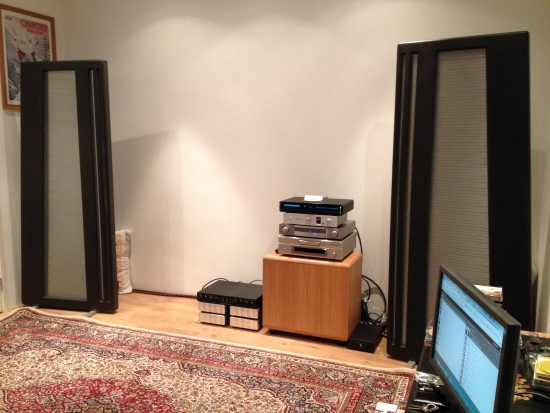
To my ears, the Divas still sound too restrained in the treble, even when using Jeff Rowland amplification. Even though they’re not dark per se (upper mid is crystal-clear), they seem to be limited in terms of treble extension and air, compared to Magnepans and other Apogees. Apart from the treble extension, these are very coherent, detailed, dynamic and communicative performers. Turning up the treble Rake by 3 or 4dB on the DAX did provide a more open treble but didn’t really increase the sense of air. I guess that this is blocked in the passive filter. Perhaps they could sound airier with a different passive filter?
Diva Serial Number:
10 150
29-9-13 – Obtaining Divas for myself
I have finally obtained a set of fully restored Divas for myself and you can expect a review in a little while. I expect to need a fair amount of time to get them to sound right.
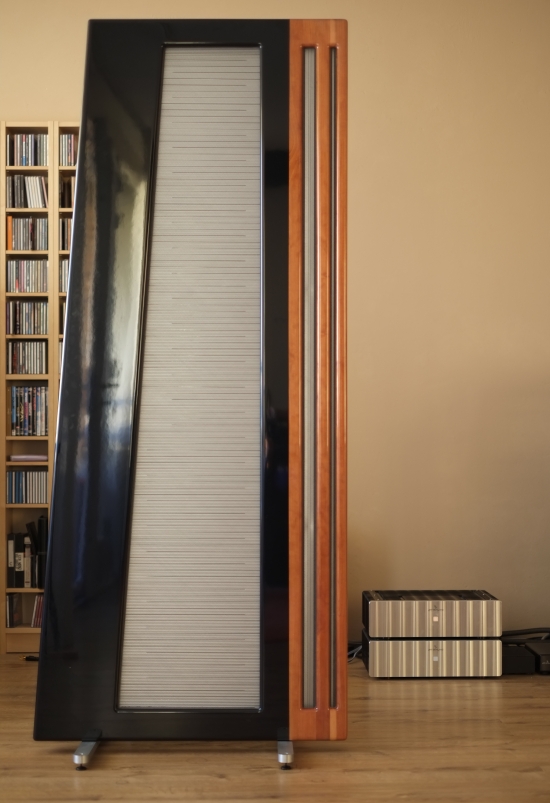
25-11-13 – Diva review ready
Yup: took me some time, but it is done and you can read the review here.
May 2015 – Scintillas!
I have now heard a pair of fully refurbished Scintilla’s in another setup. Due to the major workload associated with relocating this website from HTML to a WordPress environment, the review was delayed until now, ahem, March 2016.
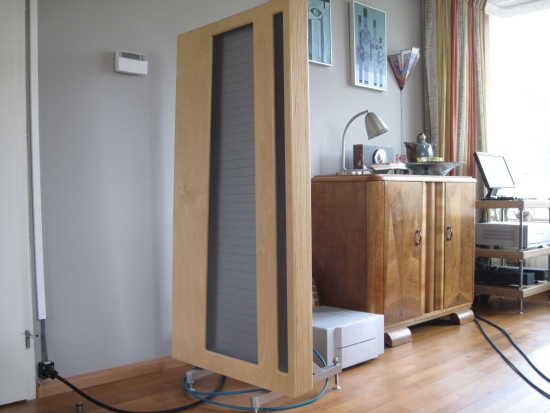
Dismantling and Rebuilding Process
February 2017 – Stage
Courtesy of JC (Meneer Buis), I have now finally been able to compare Duettas with Centaurs and Stages.
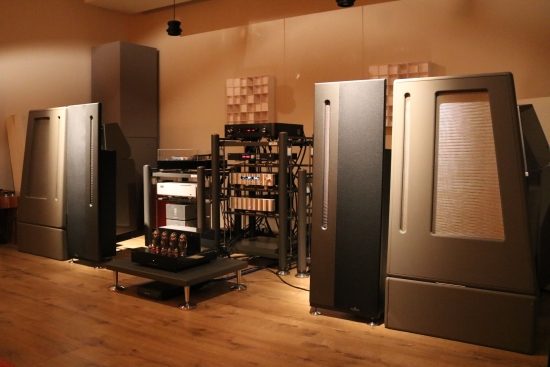
Read the review on the Stage info page
Wish List
Remaining on my list are listening to the Scintillas and the Full Range in my own listening room. Problem with these models is that I will likely need to haul in some extra amplifier power as well… but it’s all for the good cause:-)
As always: to be continued…
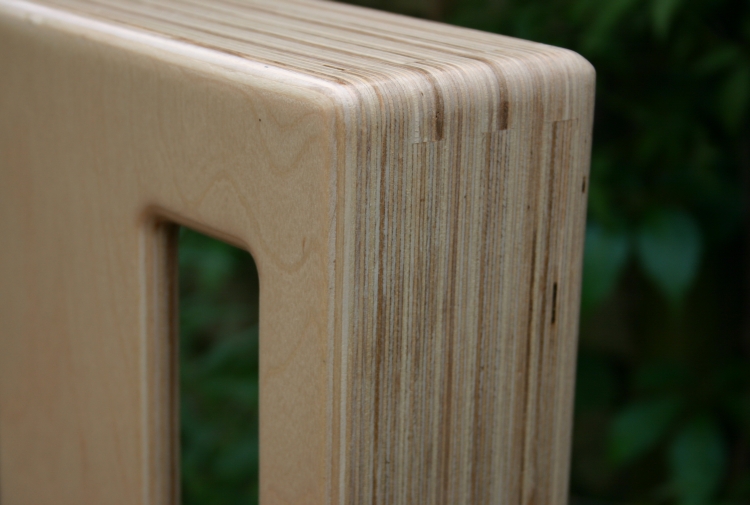
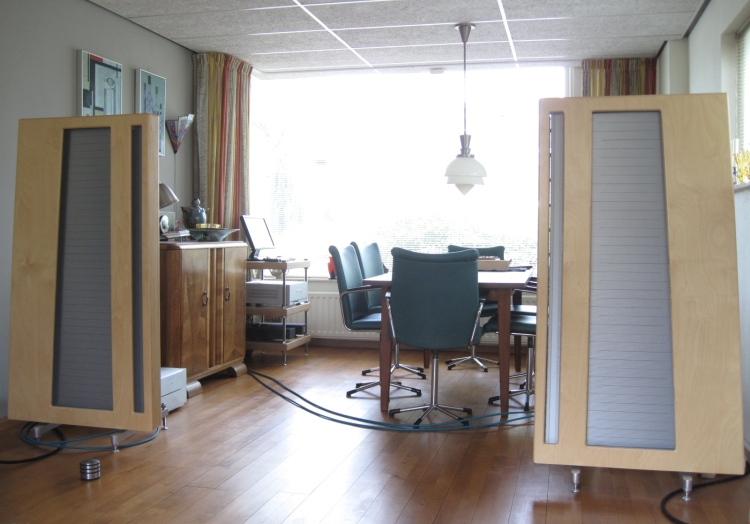
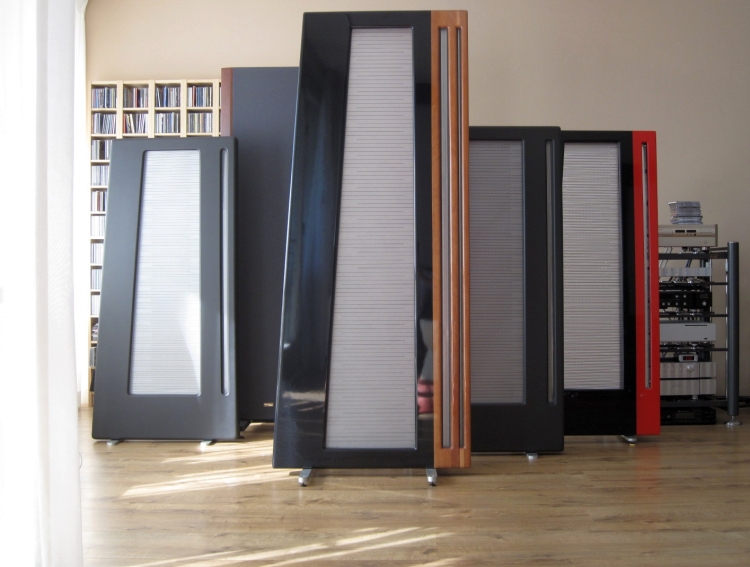
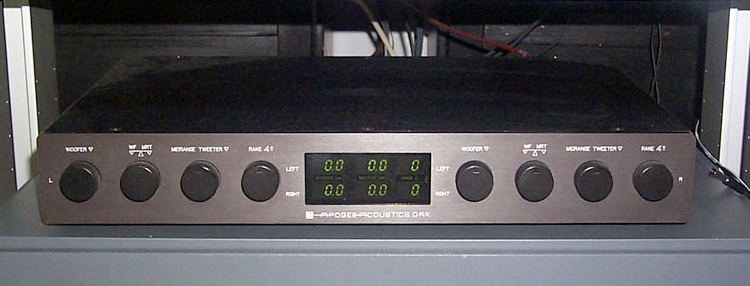
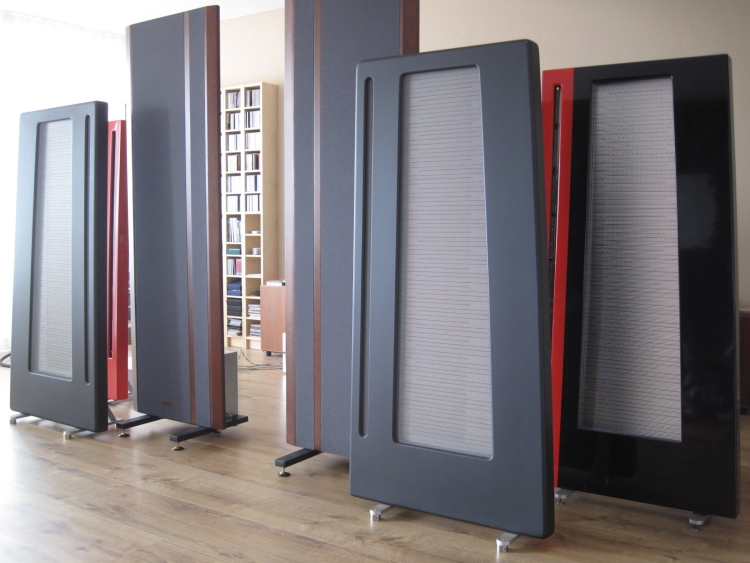
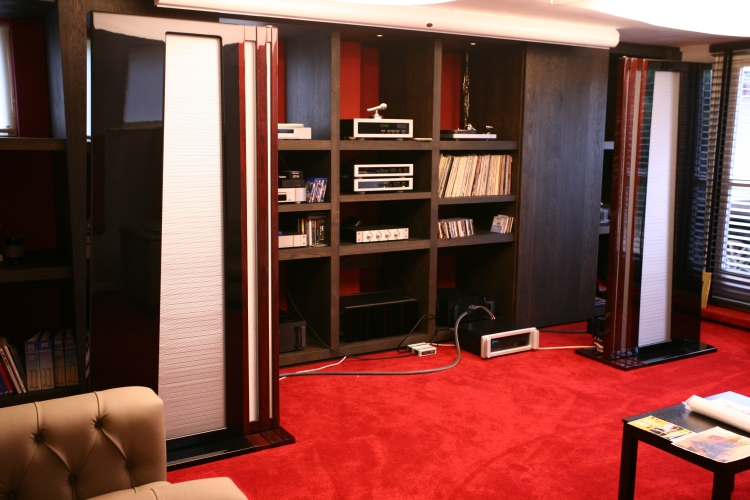
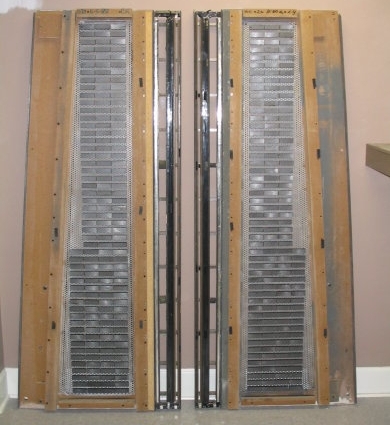
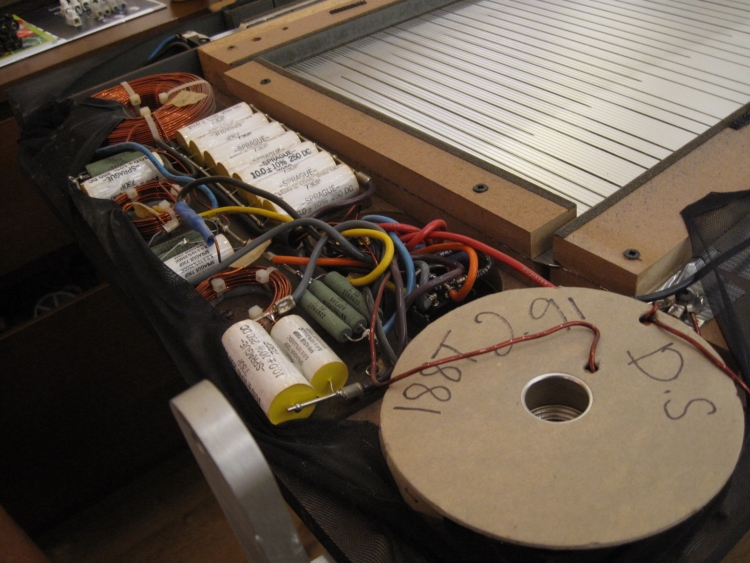
I have a boxed pair of Divas in Anthracite S/N 10219 with DAX 3. Also a pair of ‘Subwoofer 10’ with Subwoofer DAX S/N 21466. The Divas have had their Crossover boxes modified to use the DAX 3. The system was powered with 3 pairs of Krell KRS200 Power Amps. Due to building a new house, all the equipment has been stored in their original boxes in a heated garage for over 10 years – all was working perfectly when they were boxed.
Would anyone who is interested in buying all or part of this equipment please contact me. I am based in South Wales, UK.
Hi Caron. Yes potentially interested, if you still have them. Cheers, Nick.